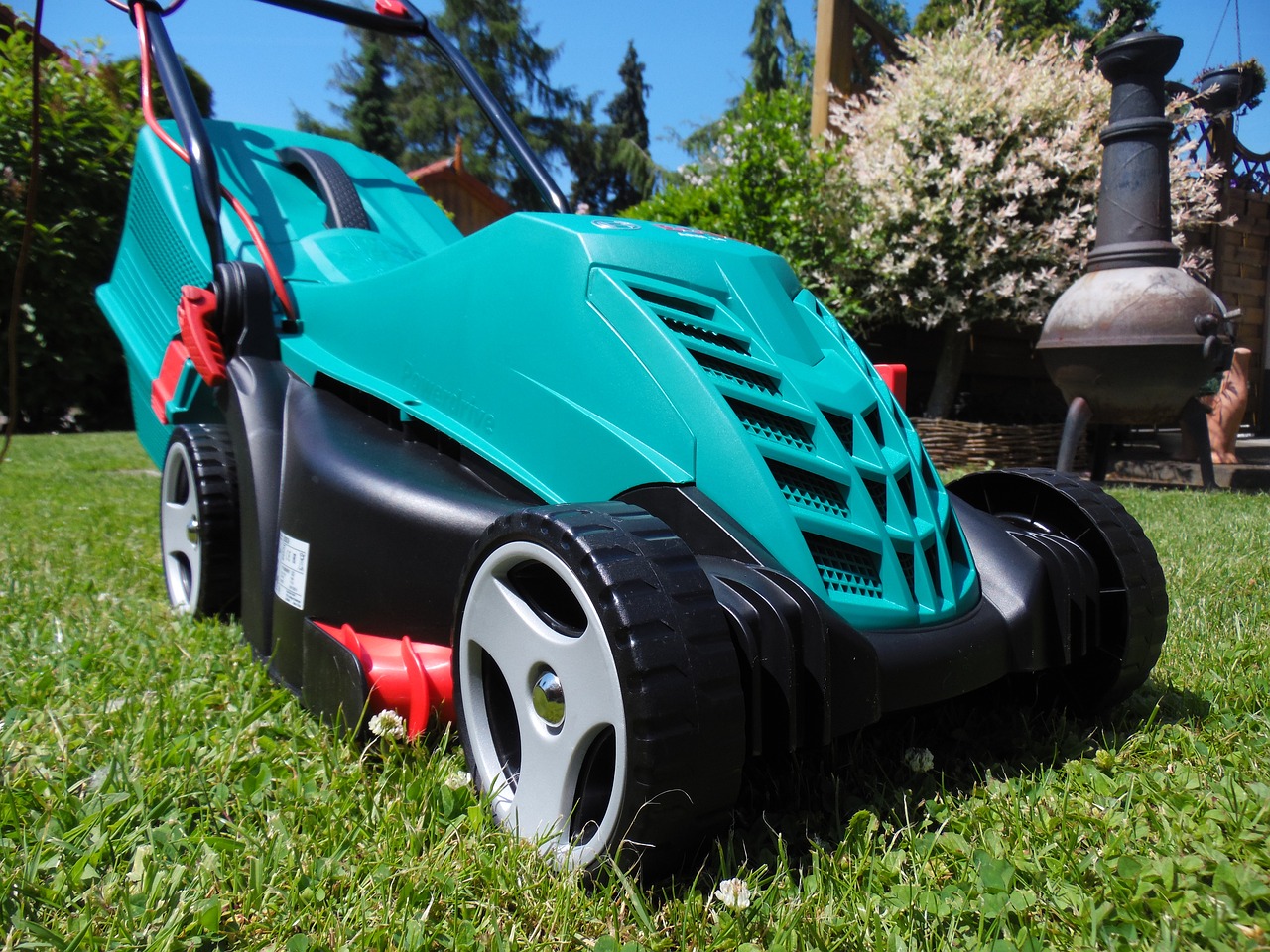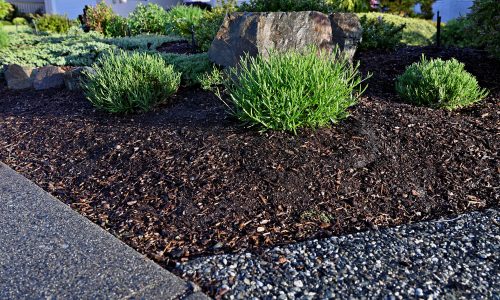As the winter season approaches, it’s important to take proper care of your sod to ensure a healthy and vibrant lawn come springtime. In this article, we will discuss some essential tips for winter care for sod, as well as provide insights into sod care and installation. By following these guidelines, you can protect your investment and enjoy a beautiful lawn all year round.
Before we delve into winter care for sod, let’s first understand the basics of sod care and installation. Farmers essentially cultivate pre grown grass called sod and then roll it out onto your lawn. It gives a quick green carpet and is a favorite for homeowners who want a fast change in their outdoor area.
To ensure a successful outcome, you must follow several important steps when installing sod. Start by preparing the soil. To simplify the text, we can say: “Remove plants, like weeds and grass, and loosen the soil to make it even.” Remove rocks, debris, and large soil clumps that may hinder sod from growing roots effectively.
Once you prepare the soil, the next step is to lay the sod. Typically, you should purchase sod in rolls or squares and install it as soon as possible to prevent it from drying out. Lay the sod tightly together, butting up each piece against the next to create a seamless appearance. To ensure stability and prevent gaps from forming, it is important to stagger the seams, similar to laying bricks.
Establishing the sod after laying it requires proper watering. Water the sod well right after installing it to make sure the roots touch the soil properly. You should follow this initial watering with regular watering to keep the sod moist, but not overly saturated.
Watering deeply, allowing the water to penetrate the soil and encourage deep root growth, is important. Shallow watering can lead to shallow root growth and a weaker lawn.

To ensure your sod survives the harsh winter conditions, it’s crucial to prepare your lawn beforehand. Here are some steps to follow:
Proper watering is crucial for the survival of your sod during winter. While the grass may not require as much water as in the warmer months, it still needs some moisture to stay hydrated. Here are some watering tips:


Here are some additional tips for taking care of your sod:
Remember to adjust your sod care routine based on the specific needs of your grass type and local climate. By following these additional tips, you can ensure the long-term health and beauty of your lawn.
